Home>Interior Design>Should Your Bedding Match Your Wall Color? Designers Explain
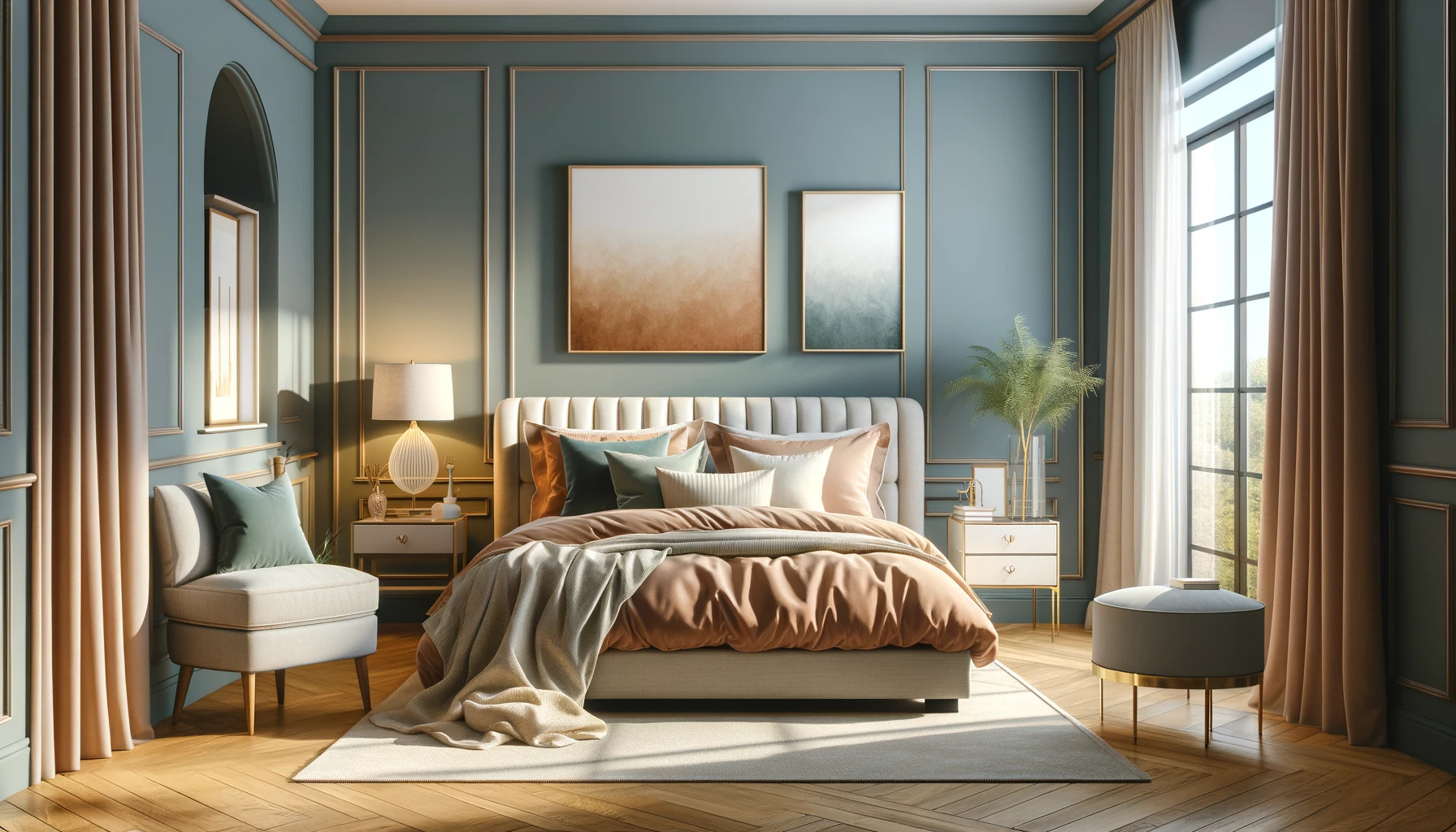

Interior Design
Should Your Bedding Match Your Wall Color? Designers Explain
Modified: May 6, 2024
Discover whether your bedding should match your wall color in this insightful article on interior design. Learn from expert designers as they explain the importance of coordinating colors for a cohesive and visually appealing space.
(Many of the links in this article redirect to a specific reviewed product. Your purchase of these products through affiliate links helps to generate commission for Storables.com, at no extra cost. Learn more)
Introduction
When it comes to interior design, one of the most frequently asked questions is whether or not bedding should match the wall color. While some people prefer a coordinated look, others opt for contrast and variety. The truth is, there is no definitive answer—design is subjective and should ultimately reflect your personal style and preferences. However, understanding the impact and implications of matching bedding with wall color can help you make an informed decision.
Your bedroom is a sanctuary, a place where you unwind, relax, and rejuvenate. The combination of bedding and wall color sets the tone and atmosphere of your sleeping space. It can create a sense of harmony and cohesiveness or lend an element of excitement and contrast. By considering the factors that come into play when choosing whether or not to match your bedding with your wall color, you can create a bedroom design that truly reflects your individuality.
Before we delve into the pros and cons of matching bedding with wall color, it’s essential to understand that design is not a one-size-fits-all concept. What works for one person may not work for another. Your unique taste, personality, and desired aesthetic all play a significant role in determining the right approach for your bedroom. By understanding the impact of bedding and wall color, you can make an informed decision that aligns with your goals for your space.
Key Takeaways:
- Matching bedding with wall color can create a cohesive and harmonious look, making a small bedroom appear more spacious. However, it’s crucial to strike a balance between coordination and contrast to reflect personal style and preferences.
- Personal style and preference play a crucial role in bedroom design, allowing for comfort, individuality, and adaptation. Whether opting for coordination or contrast, the key is to create a space that reflects evolving tastes and resonates with the unique identity of the homeowner.
Understanding the Impact of Bedding and Wall Color
The combination of bedding and wall color in a bedroom can greatly influence the overall look and feel of the space. Each element plays a significant role and contributes to the ambiance and style of the room. Understanding how bedding and wall color impact each other can help you create a harmonious and visually appealing design.
Color has a powerful effect on our emotions and can evoke specific moods and feelings. The wall color sets the backdrop for the room, while the bedding serves as a focal point. When these two elements are in harmony, they create a cohesive and inviting space. Matching bedding with the wall color can create a sense of unity and a streamlined look. It can make the room feel more put together and intentional.
On the other hand, contrasting bedding and wall color can add an element of visual interest and excitement to the room. It can create a striking and dynamic effect, making a bold statement. Contrasting colors can create an eye-catching focal point, drawing attention to your bedding and adding personality to the space.
Another aspect to consider is the size of your bedroom. If you have a smaller room, matching the bedding with the wall color can create a visually seamless and spacious look. This technique can help to create an illusion of a larger space. On the contrary, if you have a larger room, using contrasting colors between the bedding and wall can help break up the space and add depth.
In addition to the visual impact, the choice of bedding and wall color can also affect the overall sense of comfort and relaxation in your bedroom. The colors you choose for your bedding and walls can enhance the sense of tranquility and promote better sleep. Consider using soft and calming colors such as blues, greens, and neutrals for a serene atmosphere.
Pros and Cons of Matching Bedding with Wall Color
Matching bedding with wall color can have both advantages and drawbacks. It is important to weigh these pros and cons to determine if this approach is right for your bedroom design. Let’s explore them in detail:
Pros:
- Harmonious Design: Matching bedding with wall color creates a cohesive and coordinated look. This can be visually pleasing and create a sense of unity in the room.
- Easier Color Selection: When the bedding matches the wall color, it eliminates the challenge of finding complementary colors for the bedding. This simplifies the color selection process and ensures a harmonious color scheme.
- Streamlined Appearance: Matching bedding and wall color can make the room look more put together and intentional. It creates a clean and streamlined visual aesthetic.
- Illusion of Space: If you have a smaller bedroom, matching bedding with wall color can create a sense of continuity and spaciousness. It visually expands the space and makes it appear larger.
Cons:
- Lack of Contrast: Matching bedding with wall color may result in a lack of contrast and visual interest. The room can appear monotonous and dull without any contrasting elements.
- Less Flexibility: Matching bedding with wall color limits your options for future design changes. If you decide to switch up the color scheme, you may need to replace both the bedding and repaint the walls.
- Potential for Overmatching: It’s important to be cautious not to overmatch everything in the room. Too much coordination can make the space feel overly cohesive and lacking personality.
Ultimately, the decision to match bedding with wall color depends on your personal preferences, the size of your room, and the overall aesthetic you desire. It’s crucial to strike a balance between coordination and contrast to create a visually appealing and harmonious bedroom design.
Creating a Cohesive and Harmonious Bedroom Design
Designing a cohesive and harmonious bedroom involves careful consideration of various elements, including bedding and wall color. When these components work together seamlessly, they can create a visually pleasing and balanced space. Here are some tips to help you achieve a cohesive and harmonious bedroom design:
1. Establish a Color Scheme:
Start by selecting a color scheme for your bedroom. Consider using the color wheel as a guide to choose colors that complement each other. You can opt for a monochromatic color scheme using varying shades of the same color, or go for complementary colors for a more vibrant look. This color scheme will lay the foundation for your bedding and wall color choices.
2. Choose a Focal Point:
Identify a focal point in your bedroom. It could be a statement piece of furniture, a fireplace, or a large artwork. Once you have a focal point, you can use it as a base to build the rest of your design. This will help you determine if matching or contrasting bedding with wall color works best for the space.
3. Consider the Mood:
Think about the mood and ambiance you want to create in your bedroom. Soft, neutral colors like pastels, creams, and grays can promote a calm and serene atmosphere, while bolder, vibrant colors can add energy and excitement. Let the desired mood guide your choice of bedding and wall color.
4. Opt for Neutrals for Versatility:
If you prefer flexibility and the option to change your bedroom’s look more easily, consider using neutrals for both the bedding and wall color. Neutrals such as whites, beiges, and grays can serve as a timeless base that can be paired with different accent colors and patterns in your bedding.
5. Add Texture and Pattern:
Bedding and wall color don’t have to be the only sources of visual interest in your bedroom design. Consider incorporating texture and pattern through pillows, throws, rugs, and curtains. These elements can add depth and dimension to your space, creating visual intrigue alongside coordinated or contrasting bedding and wall color.
6. Experiment with Accent Colors:
If you choose to match your bedding with wall color, you can still introduce accent colors to break up the monotony. Use accent pillows, artwork, or decorative accessories in different colors that complement the overall color scheme. This will add pops of color and prevent the room from feeling too uniform.
By carefully considering the color scheme, selecting a focal point, and utilizing texture and pattern, you can create a cohesive and harmonious bedroom design. Whether you choose to match your bedding with the wall color or opt for contrast, remember to strike a balance that reflects your personal style and creates a space that feels comfortable and inviting.
Balancing Contrast and Coordination in Bedding and Wall Color
When it comes to designing a bedroom, finding the right balance between contrast and coordination in bedding and wall color is key. Both elements can significantly impact the overall aesthetic of the space. Here are some tips to help you strike a balance between contrast and coordination:
1. Utilize the Color Wheel:
Understanding the color wheel can help you create a harmonious color scheme. Complementary colors, which are opposite each other on the color wheel, provide a high level of contrast. For example, pairing a deep blue bedding with a warm orange wall color can create a visually striking and energetic effect. On the other hand, analogous colors, which are adjacent on the color wheel, offer a more coordinated look. For instance, combining a light blue bedding with a soft green wall color can provide a sense of harmony and unity.
2. Consider the Intensity of Colors:
An effective way to balance contrast and coordination is to consider the intensity of colors. If you opt for contrasting colors, you can balance the visual impact by using one color in a more subdued shade. For example, pairing a vibrant, jewel-toned bedding with a neutral or pale wall color can create a balanced contrast. On the other hand, if you prefer a more coordinated look, choose colors with similar intensities to ensure a harmonious and cohesive design.
3. Play with Patterns and Textures:
If you want to introduce more visual interest in your bedroom design, consider incorporating patterns and textures in both your bedding and wall color. For instance, if you have a solid-colored bedding, choose a patterned wallpaper or textured paint finish for the walls. This will add depth and dimension to the room, balancing out the contrast or coordination in the color scheme.
4. Use Accents to Create Balance:
Accessories and accents can be effective tools in balancing contrast and coordination. If you have highly contrasting bedding and wall color, use accent pieces, such as pillows, artwork, or decorative accessories, in colors that bridge the gap between the two. These accents can help create a sense of cohesion and tie the overall design together.
5. Seek Inspiration from Nature and Design Trends:
Looking to nature and design trends can provide inspiration when trying to strike a balance between contrast and coordination. Nature often offers combinations of colors that work harmoniously, such as ocean blues with sandy beiges or sunset oranges with earthy browns. Additionally, exploring current design trends can give you ideas on how different colors and patterns can work together in a balanced way.
Ultimately, achieving the right balance between contrast and coordination in bedding and wall color will depend on your personal style and preferences. By considering the color wheel, intensity of colors, patterns and textures, accents, and drawing inspiration from nature and design trends, you can create a bedroom design that is visually pleasing and reflects your unique aesthetic.
Your bedding doesn’t have to match your wall color, but it should complement it. Consider choosing bedding in a color that coordinates with your wall color to create a cohesive and visually appealing look in your bedroom.
Expert Designers’ Perspectives on Matching Bedding with Wall Color
When it comes to interior design, expert designers have varied perspectives on whether or not bedding should match the wall color. While there is no one-size-fits-all answer, understanding their viewpoints can provide valuable insights for your own bedroom design. Here are some perspectives shared by expert designers:
1. Creating a Cohesive Look:
Some designers advocate for matching bedding with wall color to create a cohesive and harmonious look in the bedroom. They believe that a coordinated palette can provide a sense of unity and make the space feel intentional and well-designed. By choosing matching bedding and wall color, you can achieve a seamless and visually pleasing aesthetic that is easy on the eyes.
2. Emphasizing Contrast and Visual Interest:
On the other hand, many designers prefer to create contrast and visual interest in the bedroom by intentionally choosing bedding and wall color that do not match. They believe that contrasting colors can add depth and excitement to the room, making it more visually captivating. By opting for contrasting bedding and wall color, you can create a bold and dynamic design that grabs attention and expresses your personal style.
3. Customizing Based on Individual Preferences:
Some designers believe that bedroom design should ultimately reflect the individual preferences and personality of the homeowner. They emphasize the importance of personal style and taste in choosing bedding and wall color. Whether it’s matching or contrasting, designers encourage homeowners to follow their instincts and create a space that resonates with their own unique vision and spirit.
4. Considering the Function of the Room:
Functionality also plays a role in designers’ perspectives on matching bedding with wall color. Some designers consider the primary function of the bedroom, which is rest and relaxation. They believe that a soothing and calming atmosphere can be achieved by using coordinated colors that promote serenity and tranquility. On the other hand, if the bedroom serves as a multi-functional space, designers may opt for contrasting colors to create energy and stimulate productivity.
5. Adapting to Trends and Styles:
Designers also take into account current design trends and styles. They may choose to match or contrast bedding and wall color based on the latest trends in the industry. For instance, if there is a trending color combination that lends itself well to coordinating or contrasting, designers may recommend incorporating it into the bedroom design.
Ultimately, expert designers’ perspectives on matching bedding with wall color vary based on their individual design philosophies, the specific needs of the homeowner, and current design trends. It’s important to consider these viewpoints and weigh them against your own preferences to create a bedroom design that reflects your personal style and fosters a comfortable and inviting environment.
Tips for Choosing the Right Bedding and Wall Color Combination
Choosing the right bedding and wall color combination can greatly impact the overall look and feel of your bedroom. It’s important to consider various factors to create a visually appealing and cohesive design. Here are some expert tips to guide you in selecting the perfect combination:
1. Start with a Color Scheme:
Begin by establishing a color scheme for your bedroom. This will serve as the foundation for your bedding and wall color choices. Consider whether you want a monochromatic, complementary, or analogous color scheme. Having a defined color scheme will help guide your decision-making process and create a harmonious aesthetic.
2. Consider the Mood and Ambiance:
Think about the mood and ambiance you want to create in your bedroom. Soft and muted colors, such as pastels and neutrals, can promote a calm and serene atmosphere. Bolder and vibrant colors can add energy and create a more dynamic environment. Select bedding and wall colors that align with your desired mood and enhance the overall ambiance of the space.
3. Balance Contrast and Coordination:
Strike a balance between contrast and coordination in your bedding and wall color combination. You can achieve this by either matching or contrasting the colors. Matching colors create a cohesive and streamlined look, while contrasting colors add visual interest and excitement. Consider the size of your room and your personal style preferences when deciding whether to match or contrast.
4. Experiment with Samples:
Always test swatches or samples of both the bedding and wall color before making a final decision. Take into account the lighting in your bedroom, as it can affect how colors appear. Place sample swatches against each other and observe how they interact. This will allow you to visualize the combination and determine if it achieves the desired effect.
5. Consider the Pattern and Texture of Bedding:
Take into consideration the pattern and texture of your bedding when choosing wall colors. If the bedding has a busy or intricate pattern, opting for a more neutral or solid wall color can provide balance. Conversely, if the bedding is solid-colored, you have the opportunity to introduce a bold or patterned wall color to create visual interest.
6. Seek Inspiration from Design Resources:
Explore design resources, such as magazines, websites, and social media platforms, to seek inspiration for bedding and wall color combinations. Look for real-life examples or professional design projects that resonate with your style. This can give you ideas on how different colors work together and help you visualize the potential outcome in your own bedroom.
Remember, selecting the right bedding and wall color combination is a personal decision. It should reflect your individual style, taste, and preferences. Consider the color scheme, mood, contrast, and coordination to create a visually appealing and harmonious design that transforms your bedroom into a cozy and inviting sanctuary.
The Role of Personal Style and Preference in Bedroom Design
Personal style and preference play a crucial role in bedroom design. Your bedroom is a reflection of your unique personality, and it should be a space that truly feels like your own. When it comes to choosing bedding and wall color, it’s important to consider your personal style and preferences to create a bedroom design that aligns with your vision. Here’s why personal style matters in bedroom design:
1. Expression of Individuality:
Your bedroom is a sanctuary—a place where you can express your true self. Personal style allows you to showcase your individuality and create a space that feels authentically you. Whether you prefer a minimalist, bohemian, traditional, or modern aesthetic, your personal style serves as a guiding principle in selecting bedding and wall color that resonate with your unique identity.
2. Comfort and Comfortability:
Personal style goes hand in hand with comfortability. Bedroom design should prioritize creating a comfortable and relaxing environment. Consider the materials, textures, and patterns that you find most comforting and enjoyable. Whether you prefer soft, cozy fabrics or cool, crisp linens, choose bedding and wall color that evokes a sense of comfortability and allows you to fully unwind and recharge.
3. Reflection of Taste and Preferences:
Bedroom design is a reflection of your taste and preferences. It’s important to consider colors, patterns, and design elements that truly resonate with you. If you have a preference for soothing, muted tones, selecting bedding and wall color in a similar palette can create a serene atmosphere that aligns with your taste. On the other hand, if you have a bold and vibrant personality, you may opt for vibrant colors and eye-catching patterns to showcase your unique style.
4. Alignment with Lifestyle and Needs:
Your personal style also plays a role in aligning your bedroom design with your lifestyle and specific needs. Consider how you use your bedroom and what activities take place in the space. If you enjoy reading or working in bed, you may opt for a wall color that enhances focus and concentration. If you value a serene and tranquil atmosphere, you may choose calming colors and minimalistic bedding to foster relaxation and better sleep.
5. Evolution and Adaptation:
Personal style is not fixed and can evolve over time. Bedroom design allows for flexibility and adaptability to reflect changes in your taste and preferences. As your personal style evolves, you can incorporate new bedding and wall color combinations that speak to your current aesthetics. Reimagining your bedroom design gives you the freedom to continuously express your evolving self and maintain a space that feels fresh and inspiring.
In bedroom design, personal style and preference are paramount. By embracing your individuality, considering comfort and preferences, reflecting your taste, aligning with your lifestyle, and allowing for evolution, you can create a bedroom that is truly an extension of yourself—a space that inspires and nourishes your soul.
Conclusion
Choosing the right combination of bedding and wall color is an integral part of creating a beautiful and inviting bedroom. While there is no one-size-fits-all approach, understanding the impact and considerations involved can guide you in making informed design decisions.
Matching bedding with wall color can create a cohesive and harmonious look, providing a unified and put-together aesthetic. It can create a sense of continuity and make a small bedroom appear more spacious. On the other hand, contrasting bedding and wall color can add visual interest and excitement to the room, making a bold statement and expressing your unique style.
While expert designers offer perspectives on what works best, it is essential to consider your own personal style and preferences. Your bedroom should reflect your individuality and provide a space that feels comfortable and authentic to you. Whether you prefer coordination or contrast, your personal taste and desired mood should guide your decisions.
Remember, balance is key. It’s important to strike a balance between contrast and coordination, ensuring that your bedding and wall color work harmoniously together. Consider the color wheel, intensity of colors, patterns and textures, and utilize accent pieces to create a sense of balance and visual appeal.
Ultimately, the success of your bedroom design lies in your ability to create a space that brings you joy, relaxation, and a sense of peace. By considering the role of personal style and preference, selecting the right bedding and wall color combination, and infusing your unique touch, you can create a bedroom that becomes a true sanctuary—a haven of comfort, style, and self-expression.
Excited about refreshing your space? Once you've considered how bedding and wall colors interact in your bedroom, why not take it a step further? Dive into the latest trends with a look at upcoming wall paint colors set to transform interiors in 2024. Whether you're planning a subtle update or a dramatic makeover, understanding new palettes will help you create environments that truly reflect your style and zest for life.
Frequently Asked Questions about Should Your Bedding Match Your Wall Color? Designers Explain
Was this page helpful?
At Storables.com, we guarantee accurate and reliable information. Our content, validated by Expert Board Contributors, is crafted following stringent Editorial Policies. We're committed to providing you with well-researched, expert-backed insights for all your informational needs.
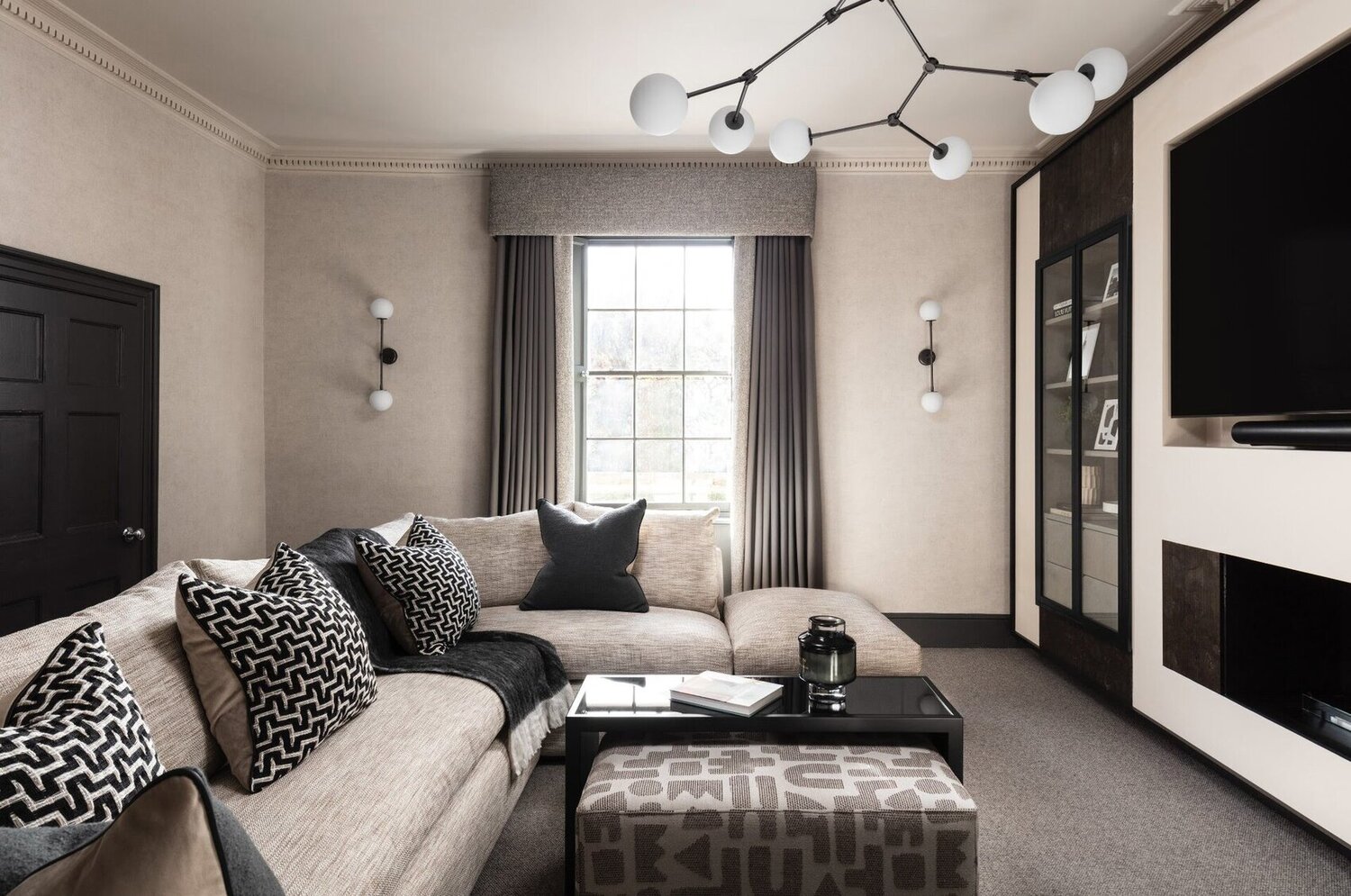
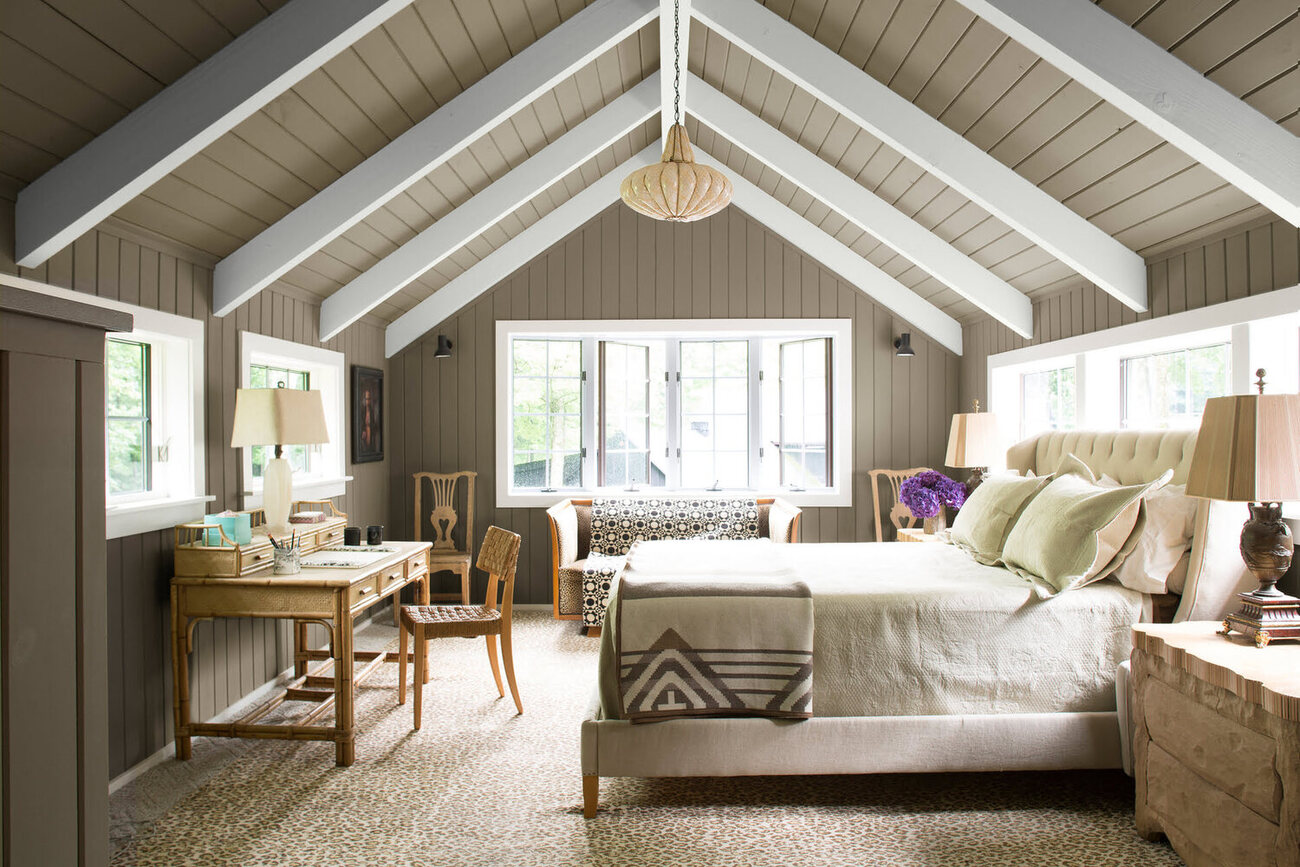
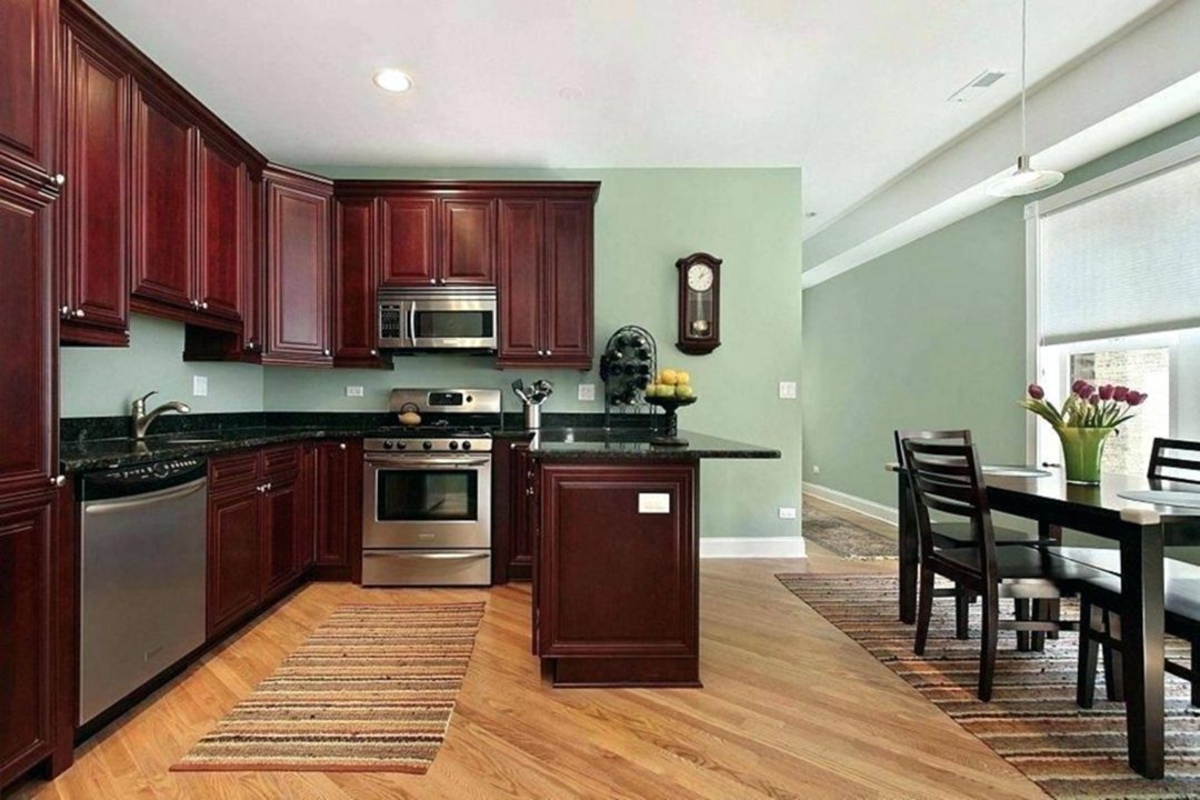
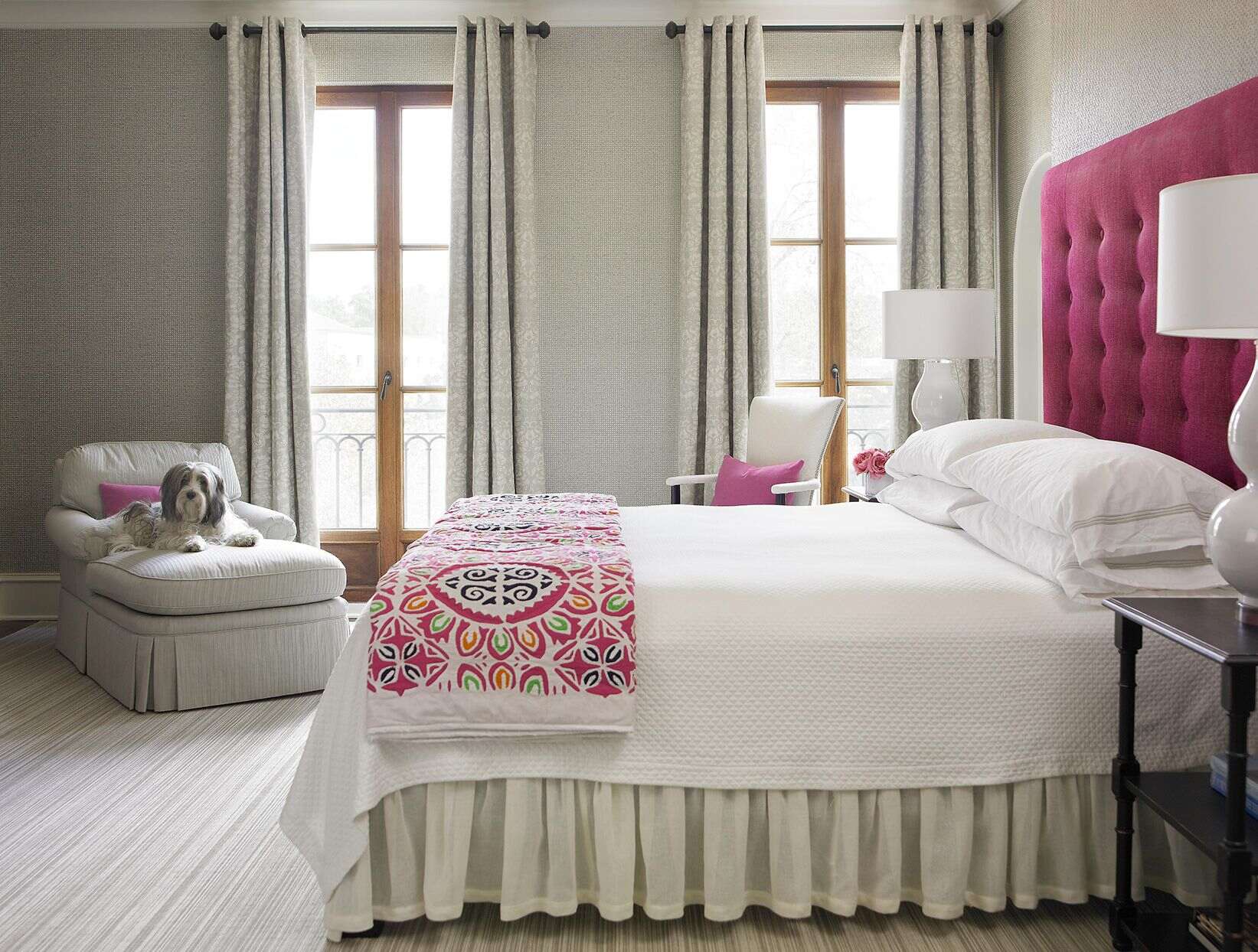

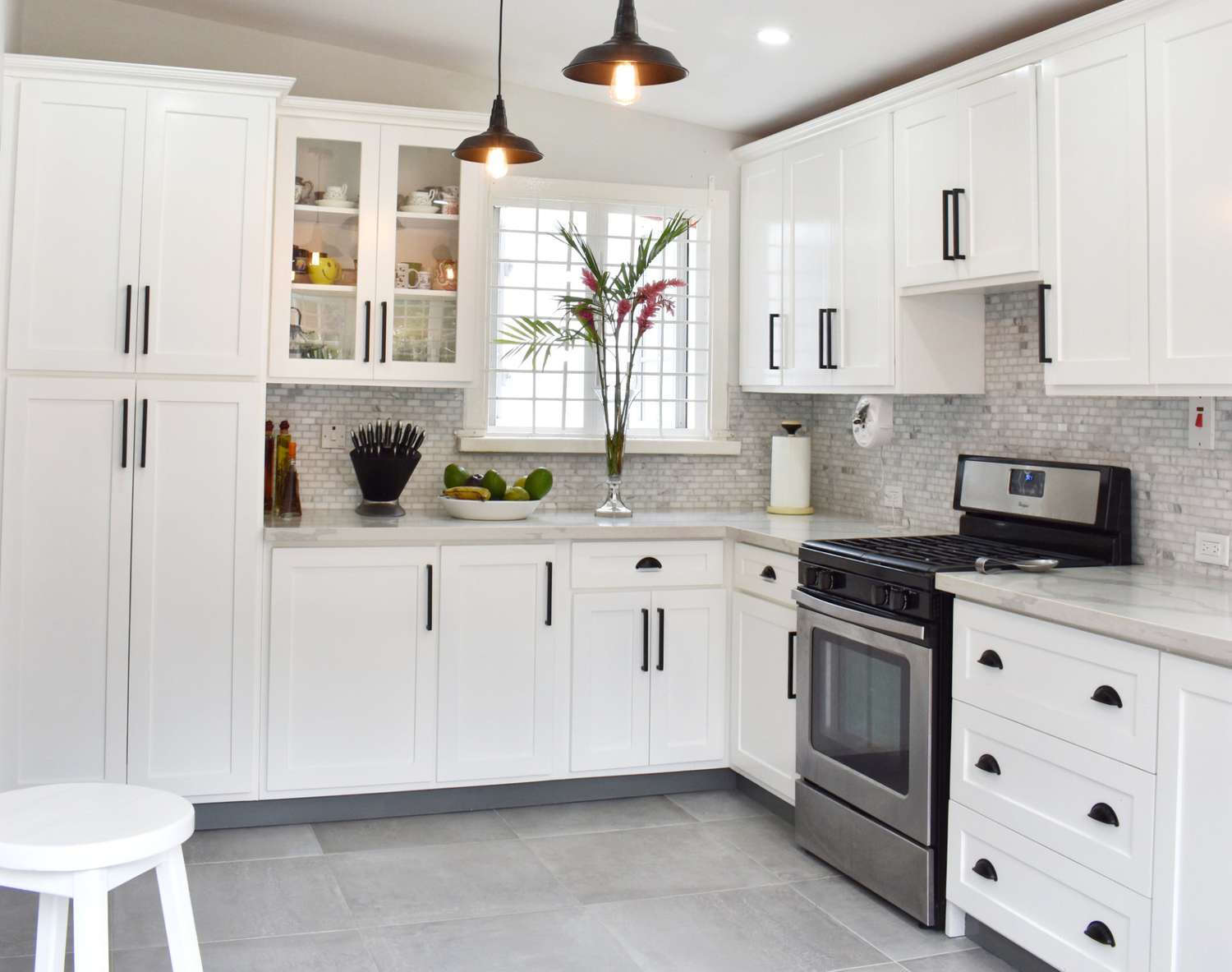
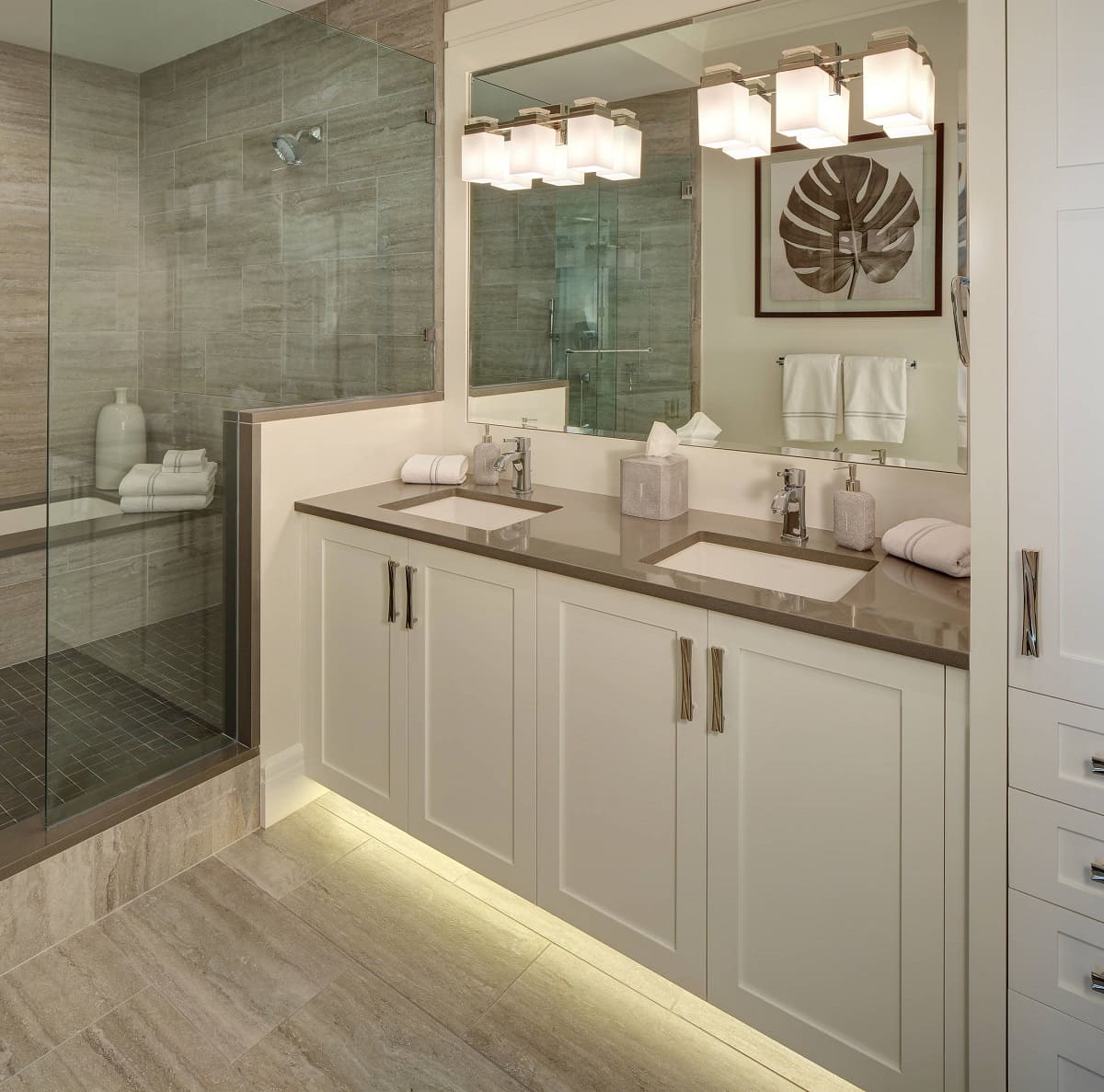
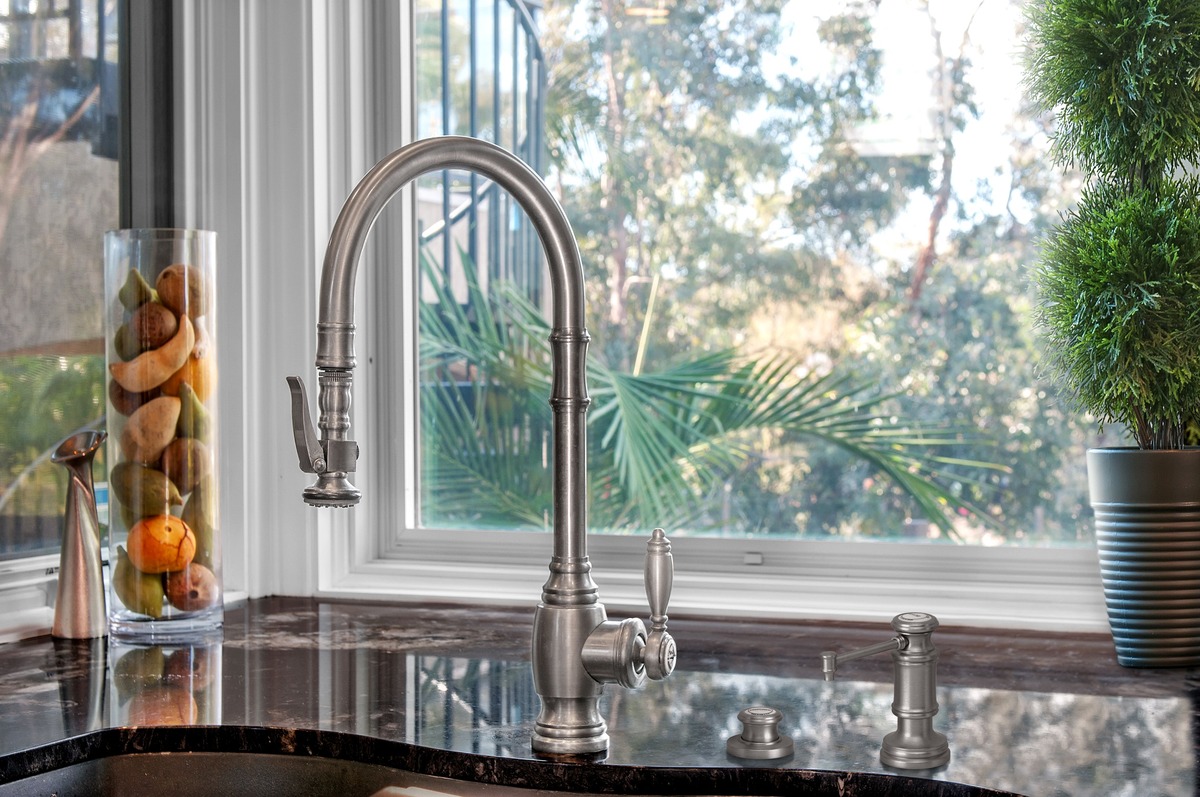

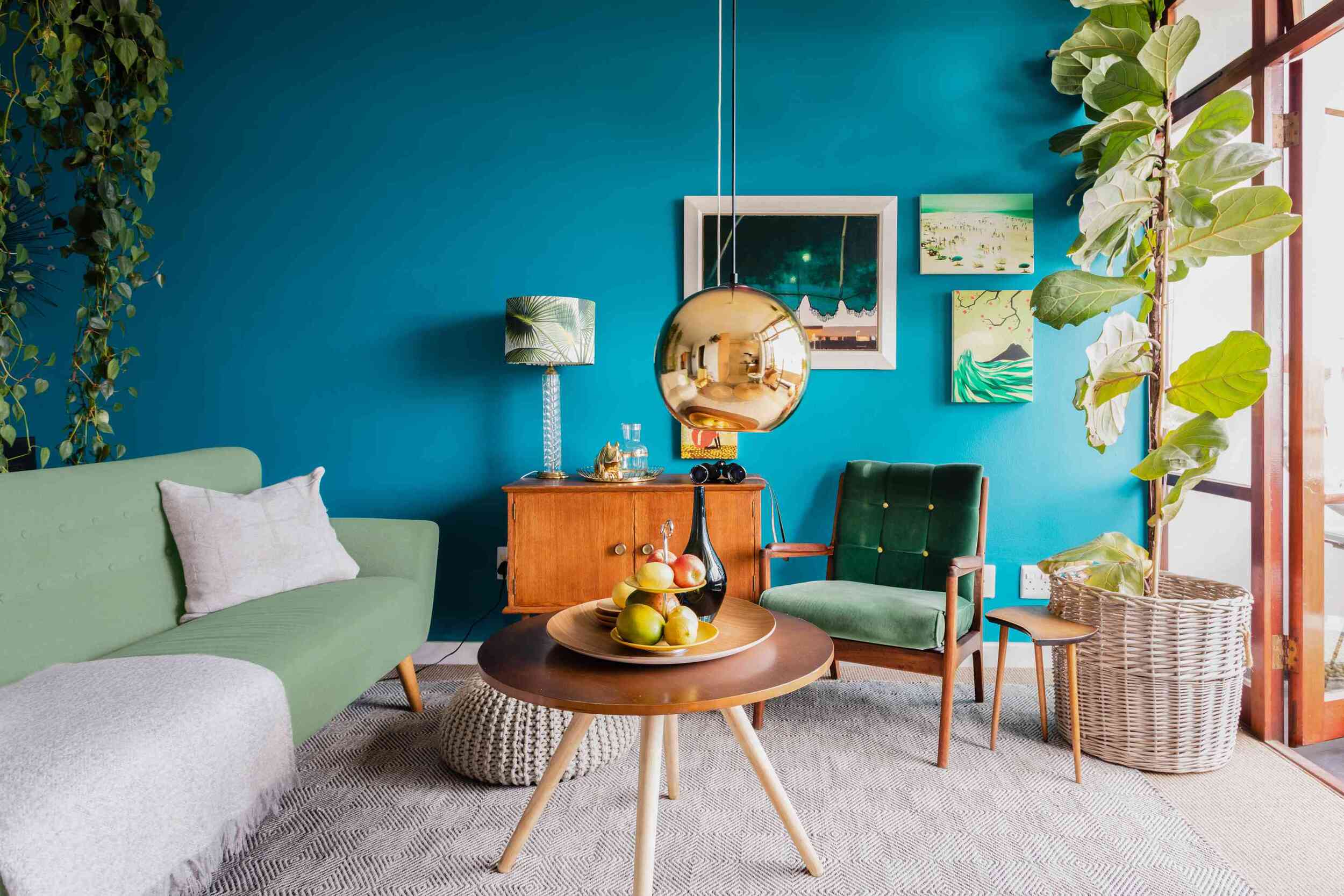
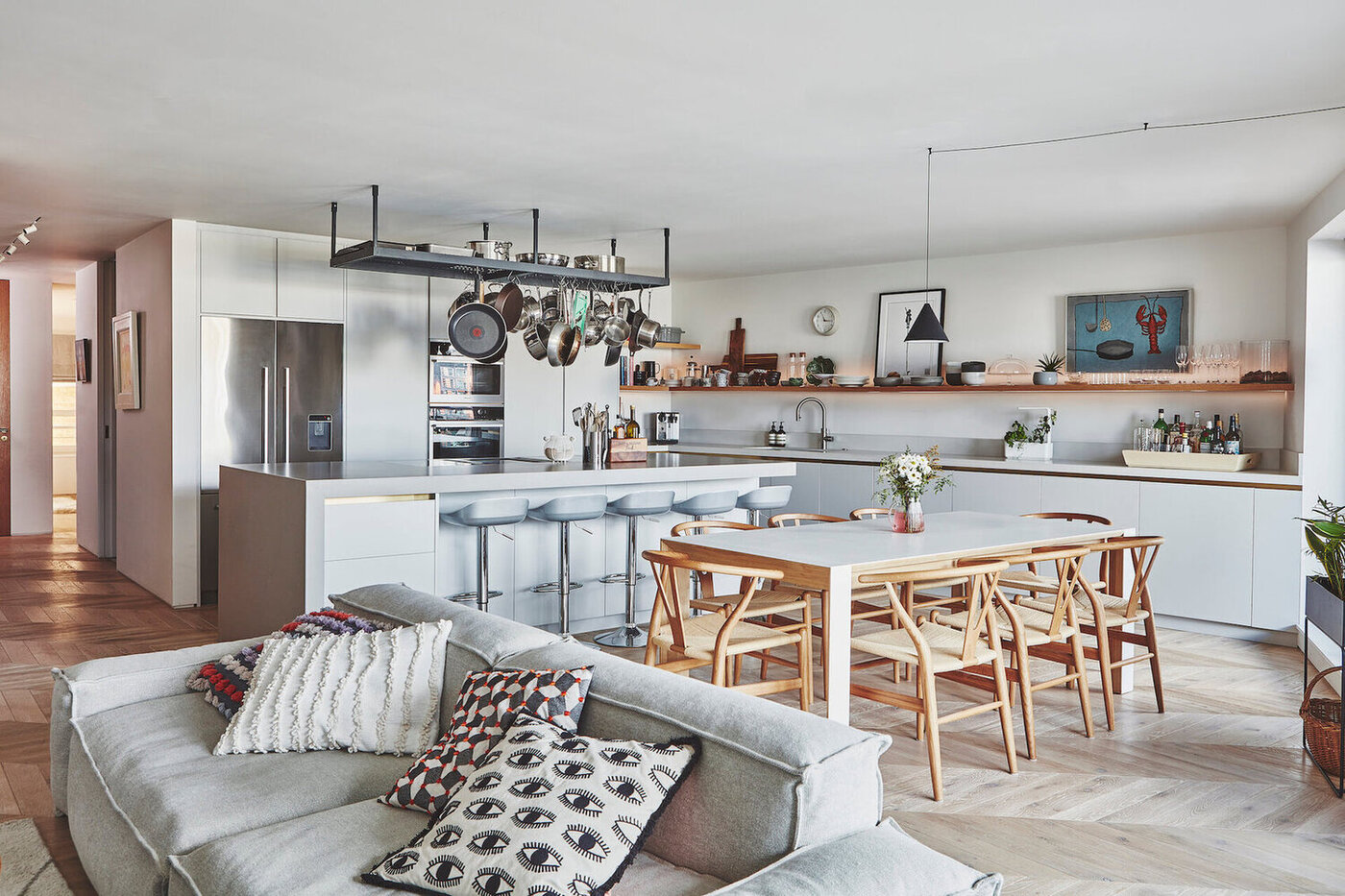
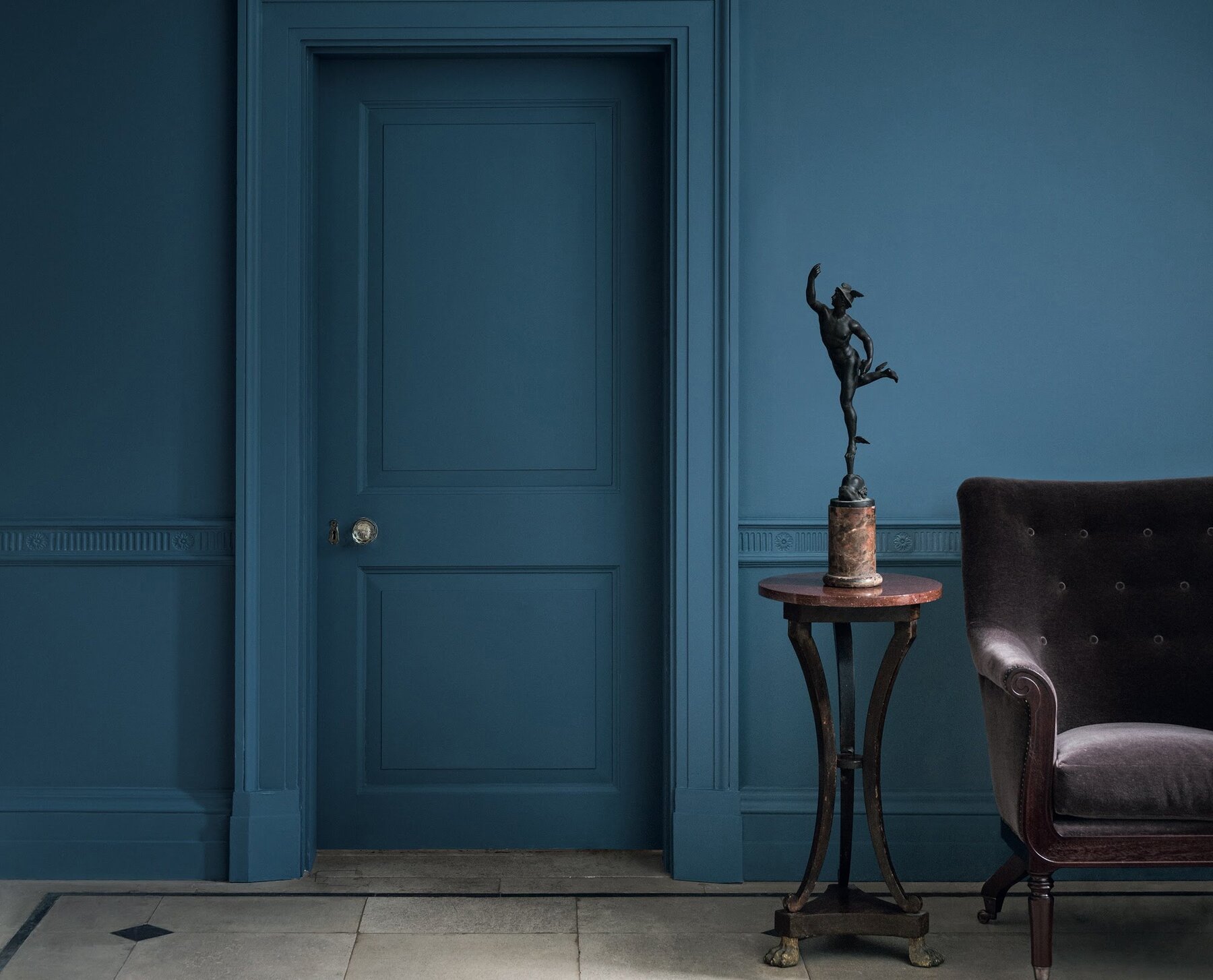
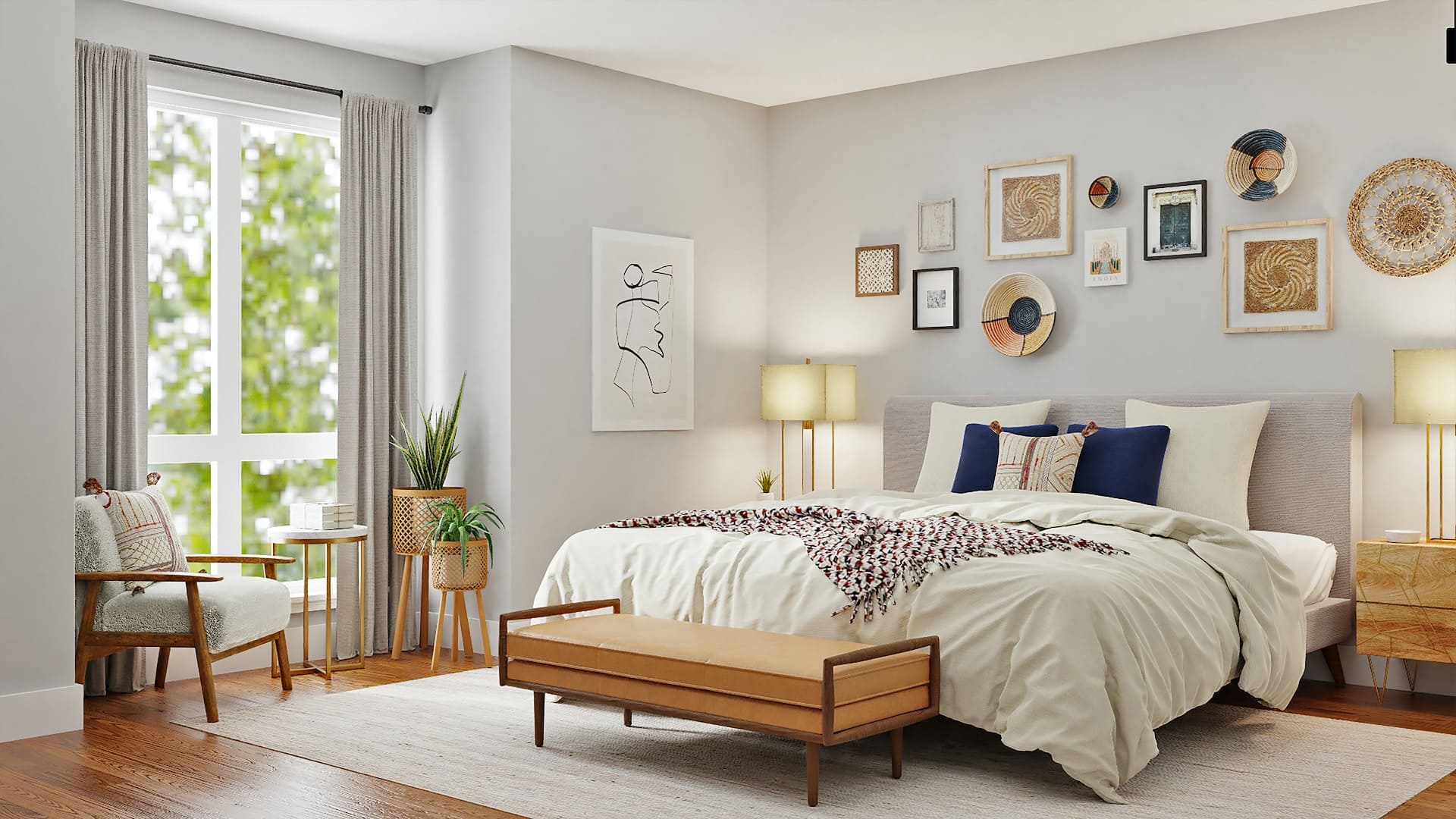
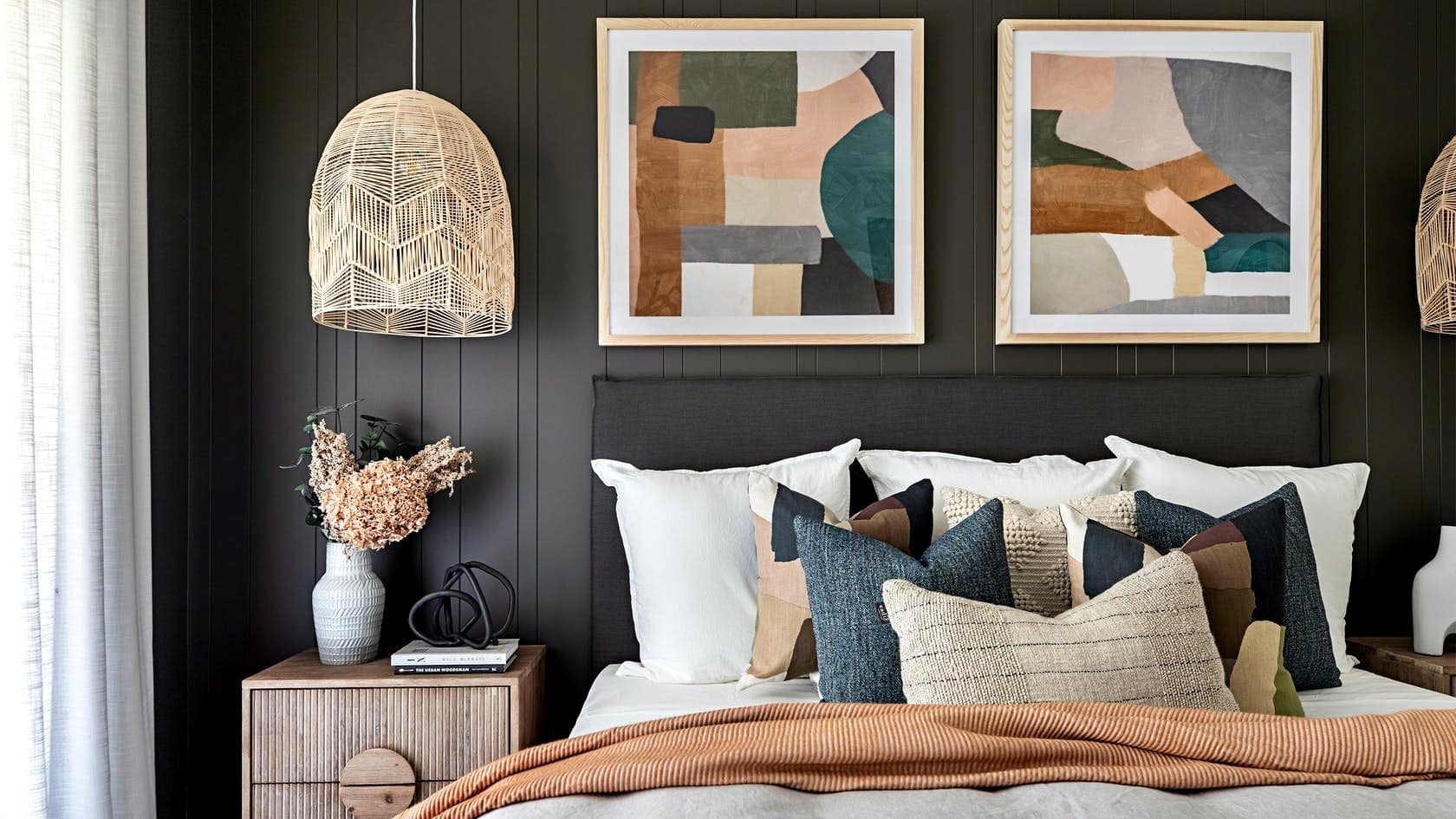

0 thoughts on “Should Your Bedding Match Your Wall Color? Designers Explain”